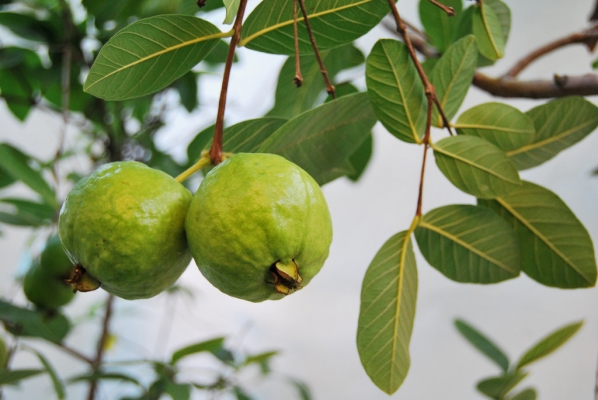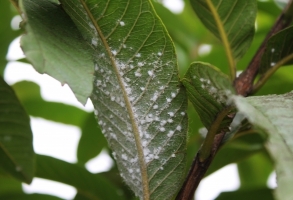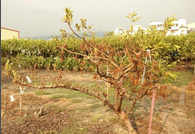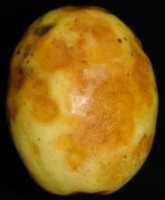Unnat varieties:
Pant Prabhat: New variety. It has medium sized plant. It has excessive long and wide leaves. The fruits are round in shape, shiny surface and become yellow at maturity, white flesh and fruit is sweet and good in taste. It has small seeds which are smooth. The variety gives an average yield of 100-135kg/tree. The variety is suitable for Uttarakhand and Uttar Pradesh state.
Sardar (Lucknow-49): It has spreading tree which are medium in height. Fruits are big, rough surface, and is yellow at maturity. Fruit has white flesh, smooth, and sweet taking light sour taste. The variety gives an average yield of 100-135kg/tree. The variety is suitable for Uttarakhand and Uttar Pradesh state.
Allahabad Safeda: The plant is medium in height. Fruits are round in shape, smooth surface, peel is yellow when matures, and white flesh, soft and is sweet in taste. The variety gives an average yield of 80-100kg/tree.
Chittidaar: The variety is similar to Allahabad Safeda but on its fruit red color spots are seen. Fruits are round, shiny and peel is spotted light yellow in color. Fruit has white flesh which is soft and sweet in taste. The variety gives an average yield of 60-75kg/tree.
Other varieties:
Arka Kiran: It has medium sized trees and it bears fruits. It has round fruits, shiny peel, when matures turn into light yellow color and it has red color flesh. The variety gives an average yield of 100kg/tree.
Dhawal: It has medium and good fruit. The variety gives an average yield of 100kg/tree.
Lalit: It has medium height variety. The fruits have red color flesh. The variety gives an average yield of 100kg/tree.

















